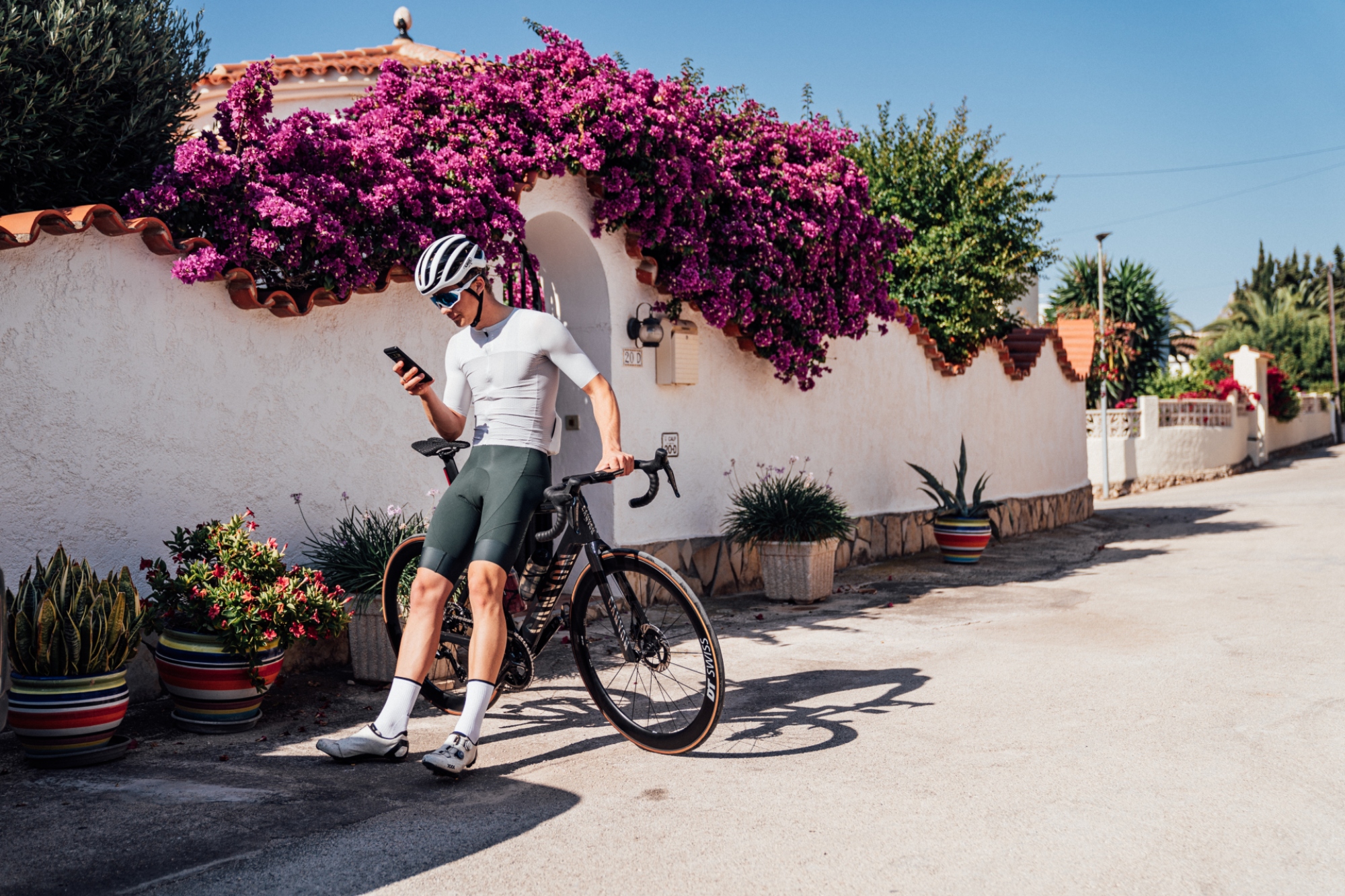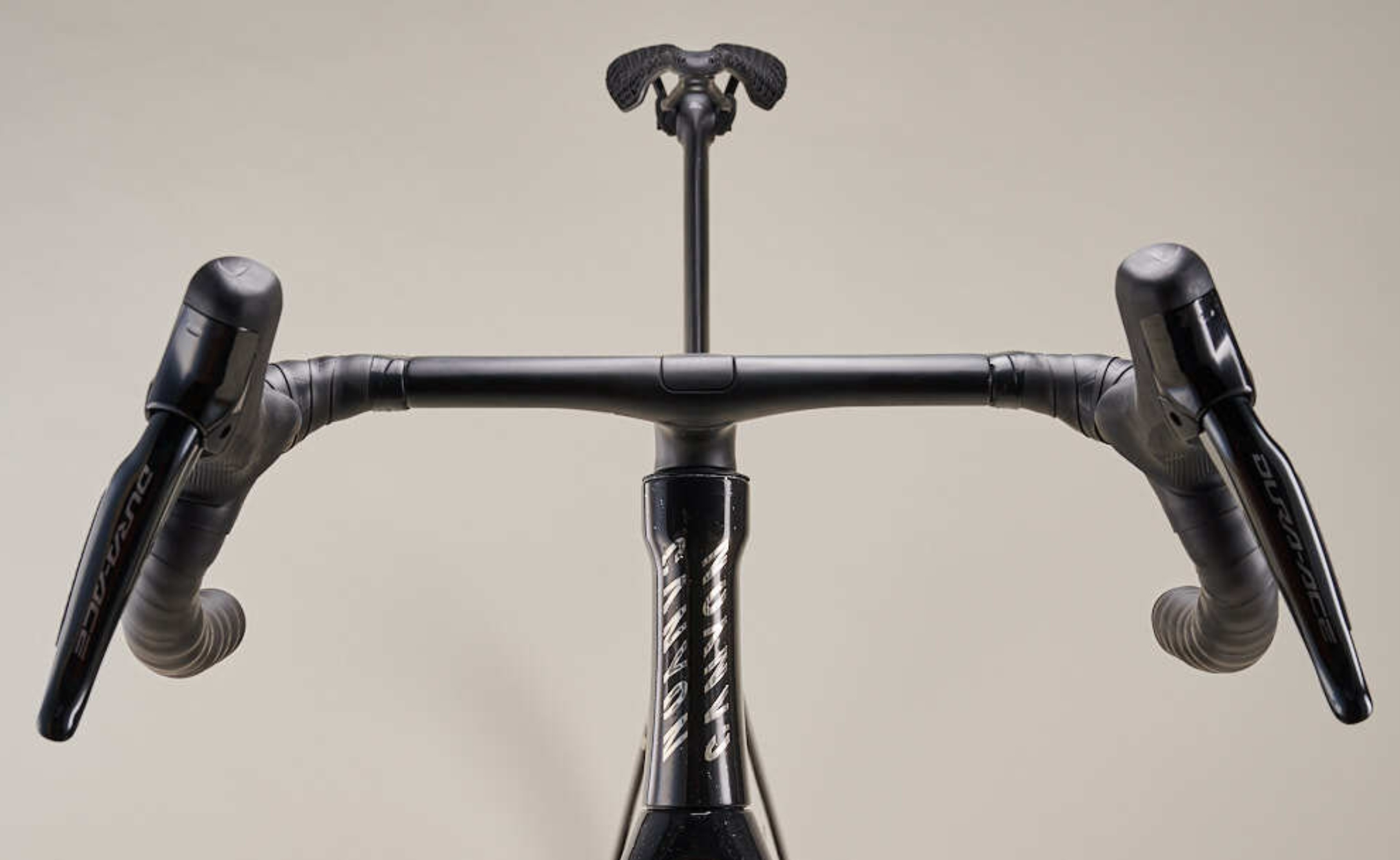
After rumour, speculation, and a large amount of WorldTour exposure at the Tour de France, Canyon has finally launched the new Canyon Aeroad.
The next generation bike promises to be the 'fastest bike in the peloton', fractionally beating the Cervelo S5 which Canyon believes formally held the title of king of the wind tunnel.
But it's not all about speed - Canyon has also made a whole host of usability refinements to the bike, which don't show up quite so well on the spreadsheet.
Having been lucky enough to ride it ahead of its release, I have been able to put both the speed and user-friendly claims to the test, to give you a first opinion on what the bike is actually like to ride.
New frameset
For the full rundown of everything that's seen updates on the new Canyon Aeroad, it's worth checking out our launch story, but I thought I'd quickly go over the main points here for context.
First and foremost, Canyon says it has regained the title of the ‘fastest bike in the peloton’. Following many Computational Fluid Dynamics design iterations (CFD for short), and wind tunnel modelling carried out at the GST Wind Tunnel in South Germany, Canyon’s testing shows the new Aeroad to be a handful of watts faster than the Specialized Tarmac SL8, though of course, it does carry a fair bit more weight.

It's been made more user-friendly too in a number of ways. Firstly, every bolt you're likely to come into contact with on a day-to-day basis, be it the seat post clamp, stem bolts or saddle clamp is now a German-made T25 bolt. Better still, you will find a T25 bit mounted at the end of the bike’s thru-axle handle, making your multitool redundant.
The headset bearings are now hermetically sealed, and are allegedly ‘pressure-washer-proof’. The reality though, is that the new Aeroad should be less of a headache, and stand up much better to foul weather.
Canyon has also jumped on the bandwagon of producing narrower handlebars for the new Aeroad in the hunt for speed - though not in the way you might expect. The new cockpit is now a three-part affair, featuring a ‘T-bar section’ and two bar ends, which are both removable and adjustable down to a minimum width of 37cm.
This setup also means you can change the drops as modular pieces. Canyon will be offering narrower, flared drops that can be set up as narrow as 35cm across the hoods - but you’ll have to fork out for them separately.
The ride
I was able to put some miles in on the new Aeroad in sunny Spain ahead of its release, and the varied terrain allowed me to put the bike through its paces on a range of parcours, from flat roads to mountain descents.
For those who don't know Calp, this small town just east of British holiday hotspots Benidorm and Alicante sits on a shark tooth peninsula that juts out into the Mediterranean and has become a cycling Mecca for winter training camps. For our first ride, a fairly short 60km loop took us along the twisty coastal roads just north of the town, before turning inland to explore some more back roads.
After the obligatory first ride faff of saddle height fixing had been completed, I felt super comfortable on the bike and was able to put the hammer down on some of the small kickers on the coast.
The new Aeroad is clearly a bike born to race. My first few surges told me pretty quickly that this is a rigid race machine, and that's something I am really pleased to see. Canyon has been bold in delivering a bike which is slightly heavier than its predecessor - albeit by around 40 grams - but clearly the extra material has been put to very good use.

Inland, and onto quieter backroads, I was able to channel my inner Jasper Philipsen and perform my first couple of sprints on the new Aeroad. Do I flex the bikes as much as the man who has won three bunch sprint stages in the Tour de France this year? Absolutely not - but take nothing away from the Aeroad, it felt truly secure both front and rear - top marks.
Having ridden the outgoing Aeroad on a number of occasions, it was immediately clear that the new bike has a lot more feedback front and rear. It's not overly harsh at either end, but it's certainly not the armchair ride associated with the Endurace which I tested earlier this year.
The following few days allowed us to head out on a couple of slightly longer rides, including a 120km loop heading out and over the iconic Coll de Rates.
Of course, I had no expectation that this would be the Aeroad's strong suit, but any modern-day race bike has to perform across all terrain, and I must say the Canyon rode well. The stiff frameset does a good job of hiding the weight of the Aeroad, giving it a slightly more responsive feel on the climbs than it might otherwise have. It wasn't on the same level as some bikes I have tested recently, such as the Giant TCR, but nonetheless a very solid performer, even on the steeper gradients.

The large amount of climbing that day also allowed me to point the bike downhill for plenty of consecutive kilometres, where I became much more impressed with the bike. The descents revealed that there have been some substantial improvements at the front end. And no - I wasn't phased by the narrow Aero handlebars, even in the 35cm setting!
Being heavy-handed with the bike failed to upset the front end, which often unsticks a lot of bikes, and the geometry kept the bike stable at high speeds too.
What has been by far and away the best thing about the new Aeroad though, is the lack of faff. Building the bike from the box was super easy, with minimum tools required, and I have left the multitool at home on all of my rides thanks to the T25 built into the thru axle.

My first impressions are overall, really strong, but there is one Achilles I have found with the bike, and that's the fit. The geometry of the bike is undoubtedly great, but I wasn't completely comfortable on the bike, mainly due to the stem being slightly too short.
Currently, you can't spec different stems or handlebar ends at the point of sale, which means if you want to change the fit, you'll have to shell out £208.95 for a different length stem and/or £229.95 for the aero bar ends. With Canyon's direct-to-consumer pricing model, the bike is certainly still competitive but the brand is slowly moving away from the value it represented in the past.
Find out all the details on the new Canyon Aeroad in our launch breakdown.







